Are you wondering what people are doing with their mobile phones? Well, 90% of the time is spent on mobile apps.
We use apps to chat with friends, order food, purchase clothes, pay taxes and for lots of other stuff. On the whole, mobile applications have become an essential part of our life.
So, have you noticed the evolution of mobiles and mobile apps or is it just us?
Today, we are going to talk about the history of mobiles and mobile applications and try to understand how they became the center of our attention in a short period of time.

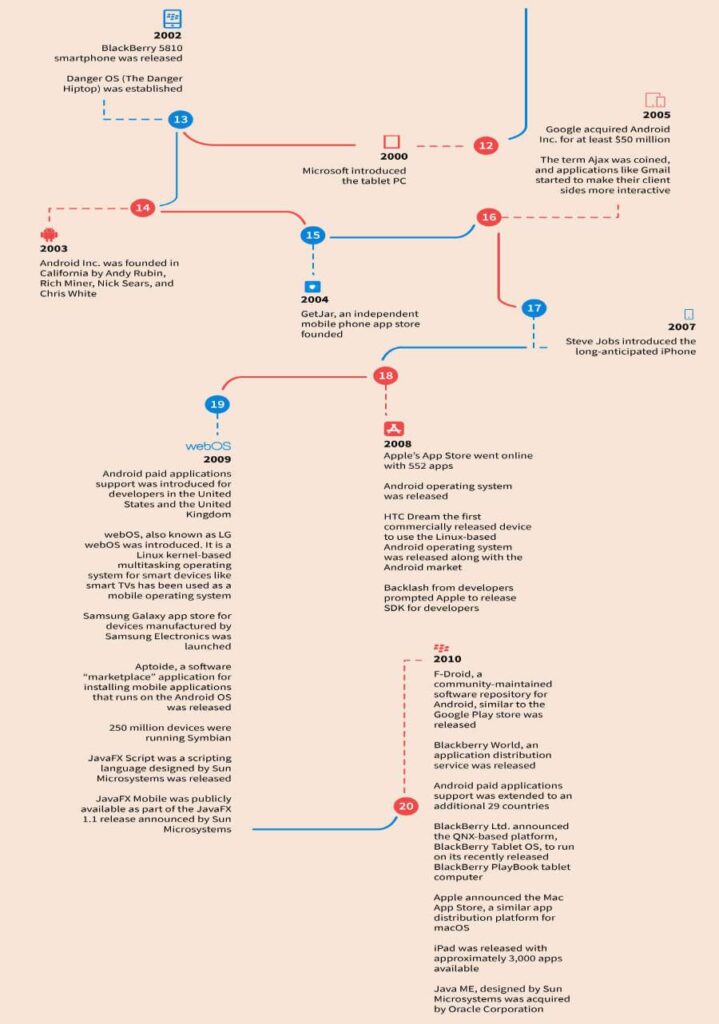
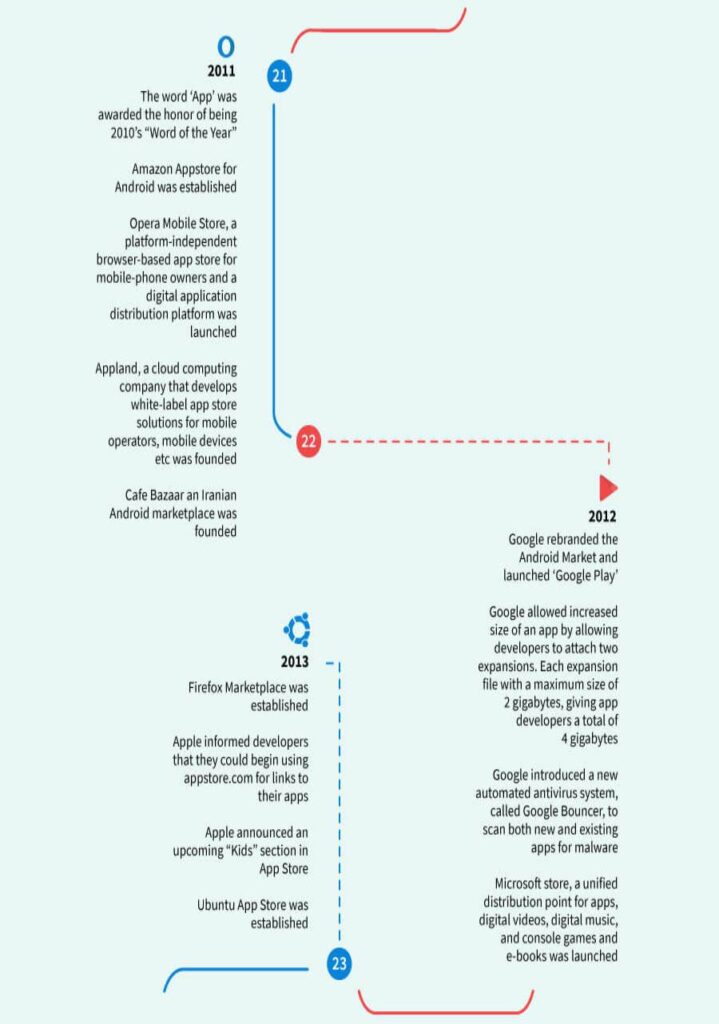
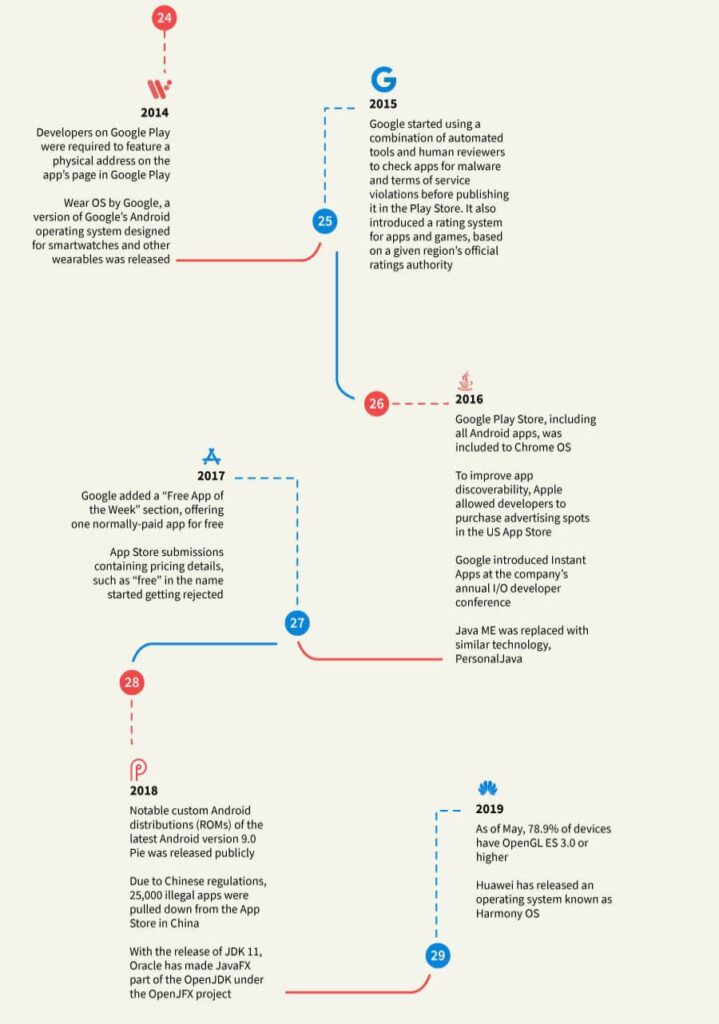
The Bottom Line
Mobile applications are constantly evolving and it will not stop in the near future. They are kind of a big deal and occupying a dominant position. To stay relevant, it is important to have a dedicated mobile app for your business.
Developing mobile apps require a devoted team of developers because of the investment, time and intricacy involved in developing an app. Fortunately, ColorWhistle can help you with your mobile app development needs. From defining business goals to roadmaps, we can support your business with all the customization required to develop an awesome mobile app. Contact us anytime to discuss your mobile app requirements, we are always happy to help!
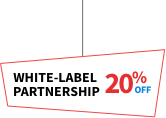
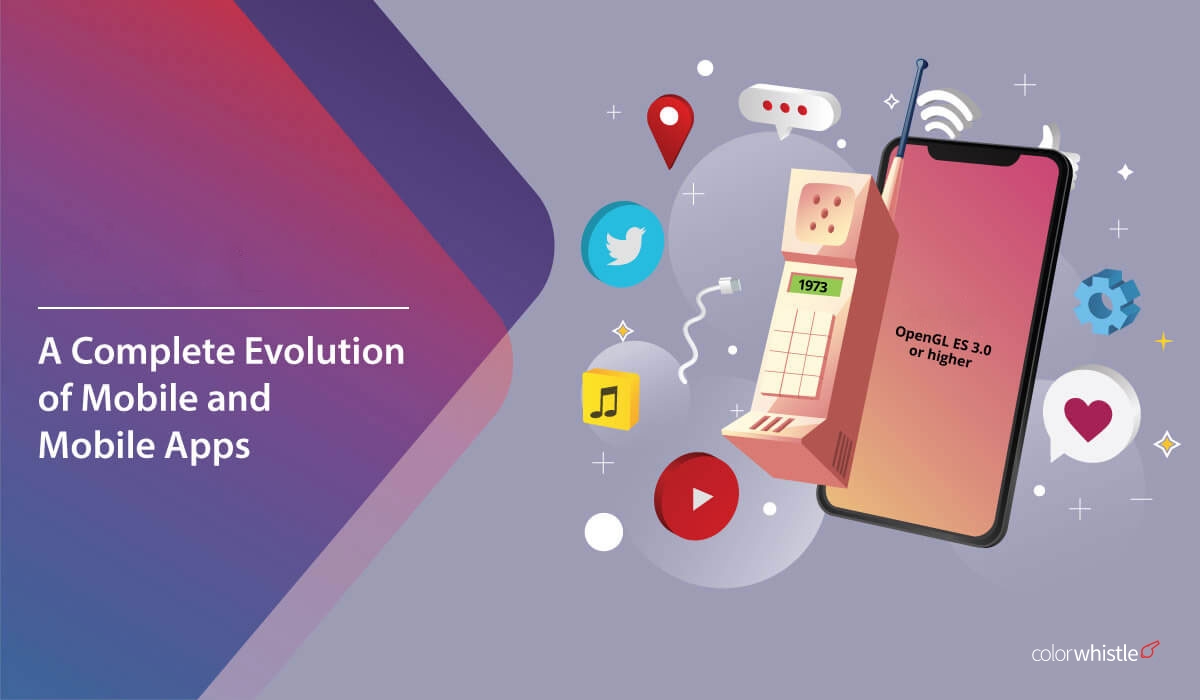
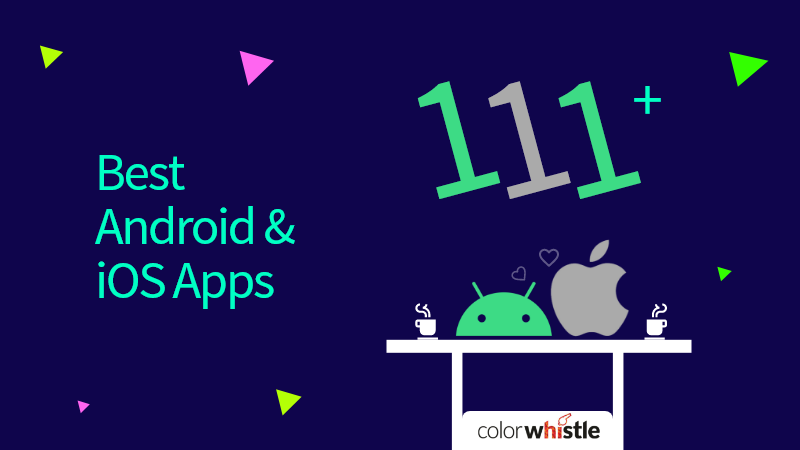

Nice piece of information!